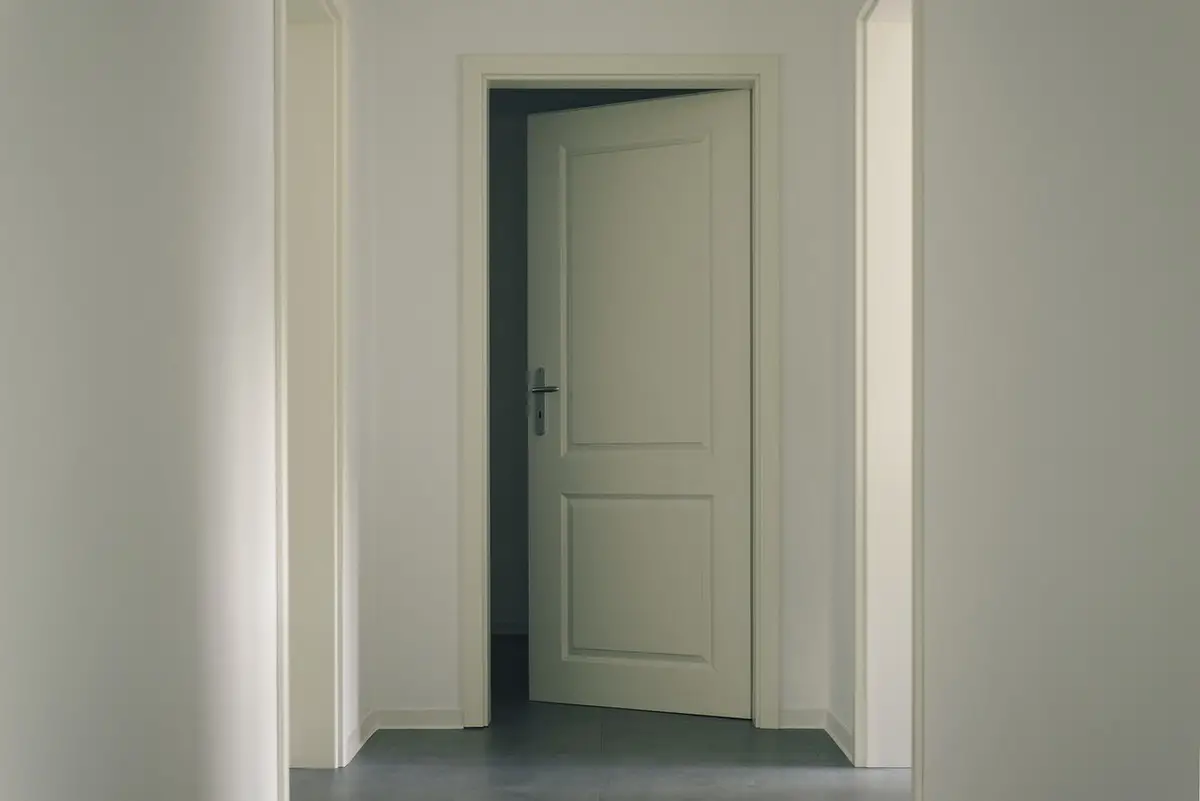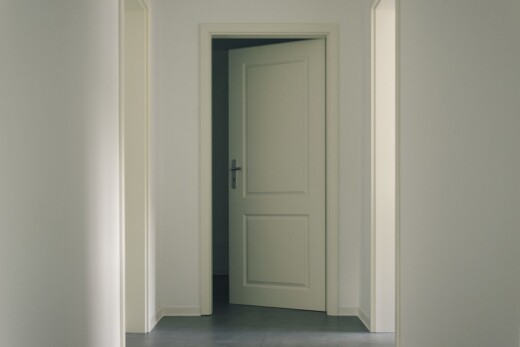Trusted An Introduction to Door Closers Advice, Commercial property doorway slow closing tips
An Introduction to Door Closers
12 Feb 2020
Door closers are a critical piece of architectural hardware though most people are unfamiliar with them. Let’s learn more about door closers and the various types of door closers on the market. We’ll also address the pros and cons of each type of door closer.
An Introduction to Door Closers for your home
What Are Door Closers?
Door closers are any device that controls the closure of a door. It may hold the door open, or it may slow the closing of the door so it doesn’t make a lot of noise or won’t pinch fingers. In other cases, the door closer prevents the door from opening too fast. That prevents the door from slamming open when subject to intense forces, whether it is a gust of wind or someone rushing in.
The door closer may work mechanically or require someone to take action to set it. This protects people inside the doorway from being struck by the door. Door closers may be installed for security reasons, preventing someone from forcing the door open after it has been closed. Door closers are legally mandated for fire doors but are installed on a wide range of doors. In the case of fire doors, they may seal the door shut in the face of fire so that people cannot enter a floor that is too hot or hold the door open during an evacuation.
What are some of the most common designs of door closers? And what are the pros and cons of each design? Check out https://www.strongholddirect.co.uk/door-closers
Overhead Door Closers
Overhead door closers are generally surface mounted at the top of the door. These door closers are generally the cheapest option. One point in their favor is that they don’t require any type of preparation of the door. They’re fast and easy to install. However, they’re not very attractive, and they may need to be cleaned in a medical or industrial environment. If the seals on it are leaking, you’re going to see the grease dripping down on the floor.
Concealed Door Closers
Door closers can be concealed in the frame of the door or concealed in the floor. The concealed door closer is often chosen for aesthetic reasons. They also tend to rely on pivot hinges which are sturdier than butt hinges. Concealed in-floor door closers are generally controlled via floor springs. However, concealed in floor door closers are relatively rare. Concealed door closers may be used on single acting doors, but they are more common on double acting doors like the double doors that serve as the entry point for a large building. The downside of concealed door closers is their higher overall cost.
Door Closers for Fire Doors
Free swing door closers may rely on overhead door closers, but their design is different enough to warrant their own category. This is because free swing door closers are overwhelmingly used in fire doors. They have hold-open devices or electromagnetic controls that are triggered by a fire alarm.
Free swing door closers are a common choice when the door may be hard to open by occupants, making them the first choice in hospitals or schools. E-mag fire doors use standalone electromagnets to hold doors open that will close when you’re using the standard door closer during normal operating conditions. These door closers must meet high performance standards, and that makes them expensive relative to other models.
Comments on the Quick Guide to An Introduction to Door Closers article are welcome.
Property Design
Contemporary Scottish Capital Property Designs – recent Lothians architectural selection below:

image courtesy of article provider
Comments / photos for the An Introduction to Door Closers page welcome


